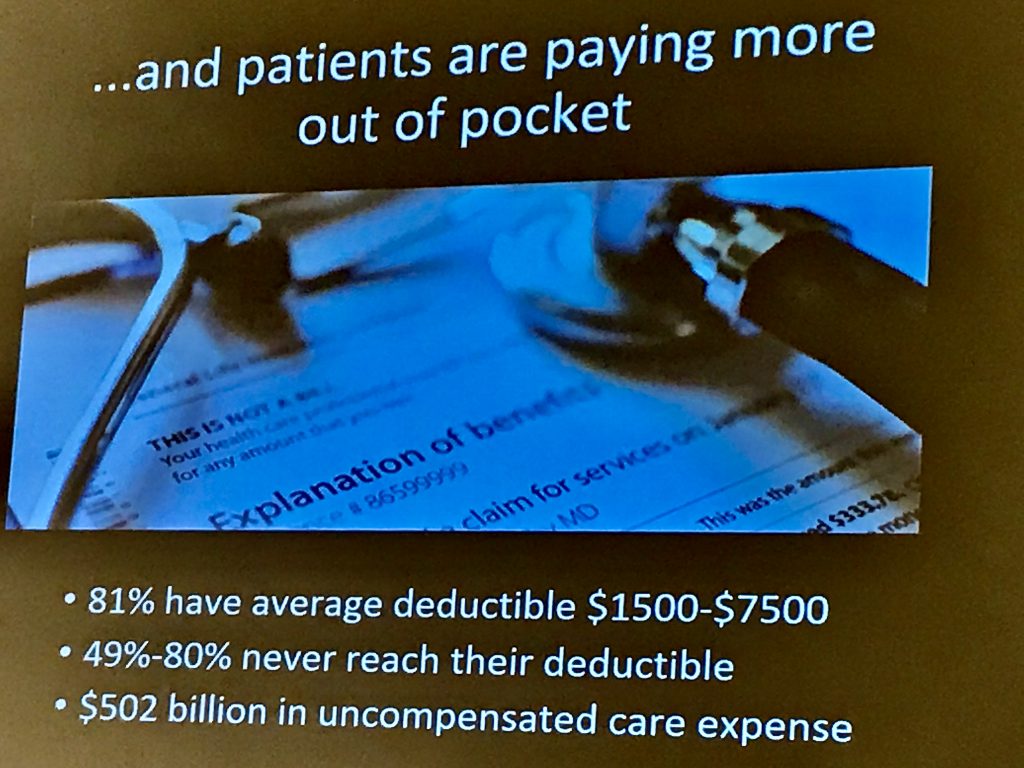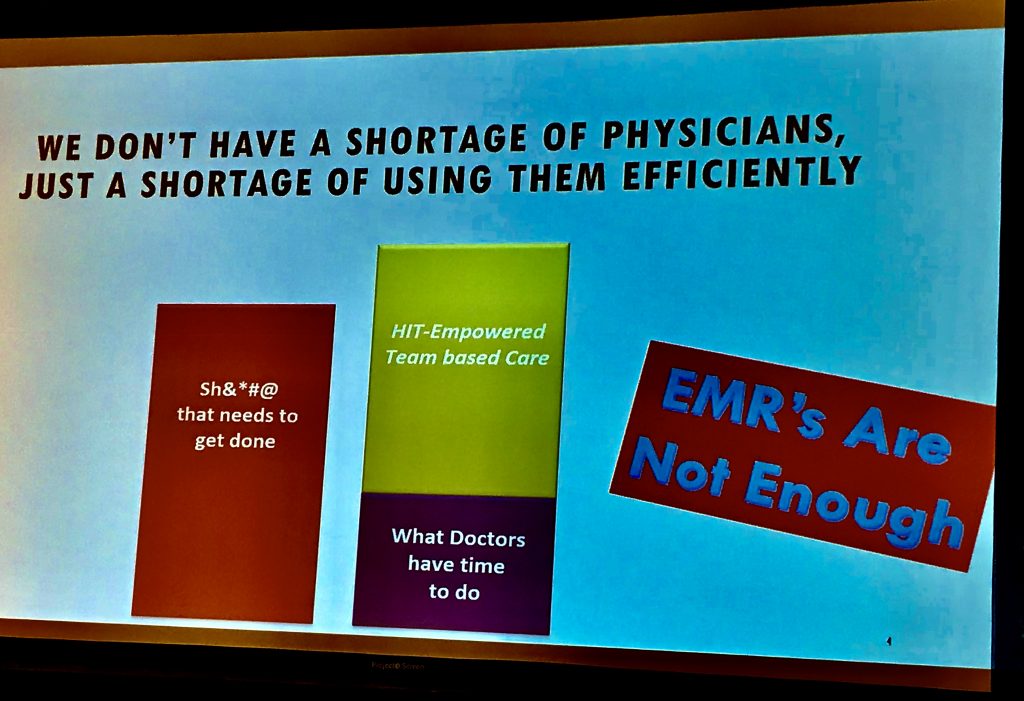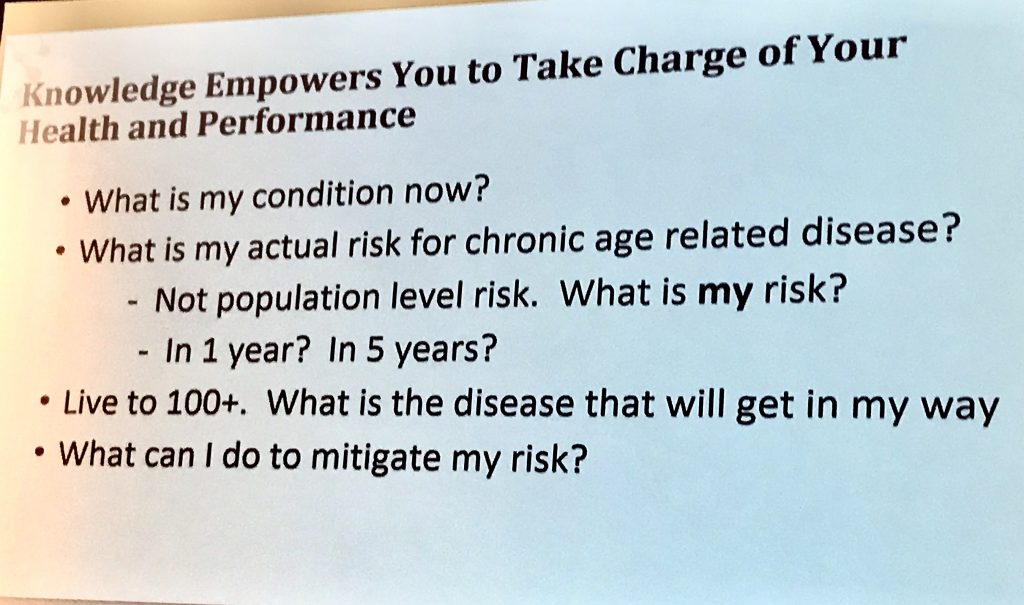Envisioning the Future of American Healthcare
May 2020
I’ll never forget a conversation that occurred in Norway some years ago as Susan and I met retired hospital architect, Knut Bergsland, to tour his hospital in Trondheim, Norway. Knut said, “Welcome to Norway. You should know that as long as you are in Norway, if you have any medical problem, you can go straight to the hospital, where you will be treated without charge. We don’t care if you’re Norwegian or a foreigner, with or without a visa, all will receive treatments free of charge.”
Norway has confronted the Covid-19 crisis quite well, relatively speaking. Norway instituted quarantining, contact tracing, and testing early enough to avoid the out of control infection pandemic currently rampant in the US.
-

Trondheim canal just a few blocks from the hospital we toured
As the world faces the worst worldwide pandemic since the Spanish Flu of 1918, the US has become the worldwide epicenter, with currently approximately one third of the world’s infections concentrated within only four percent of the world’s population.
The only good news is that, so far, the Covid-19 has not spread as virulently as originally feared. This is due to the quarantining that began in mid-March, as well as the heroism of the frontline healthcare workers. But as most states begin to open up and allow business to resume, there is the possibility, if not probability, of a serious resurgence of the virus. In that case, many additional thousands of Americans will die.

What is wrong with today’s American healthcare?
As daily infection and death totals continue to rise, the media reports the numbers constantly. One wonders, how many people must die before the rest of the American population seriously embraces sheltering-in-place, which is the only sure way of avoiding becoming infected? Within the din of sensationalist news reports, I managed to hear a truly disturbing report, the details of which I was previously unaware.
First the context of the crisis:
The US healthcare “system” is a collection of diverse independently operating hospital corporations, insurance companies, and pharmaceutical behemoths, held together by the profit-motive that underpins these various types of healthcare-related companies. The prospect of hospitals being overwhelmed by the Covid-19 pandemic led them to postpone all elective procedures to make room for the impending Covid-19 pandemic. The news that the initial wave of infections were lower than had been predicted does not lessen the tragic loss of life which is so much higher than any of us could have imagined.
However, beyond these smalls bits of statistics, a larger crisis is unfolding. The loss of profits from the postponed elective procedures has precipitated an acute financial crisis in the nation’s hospitals. The largest national nurses’ union has identified over two hundred hospitals that have been forced to lay off staff. To confront the financial shortfall, there are now lay off’s, furloughs, and outright terminations of 1.4 million nurses and other hospital employees, such as phlebotomists, aides, housekeepers, lab techs, etc.
Traveling nurses are among the first nurses to be laid off. It has been reported that some hospitals have used the firings to rid themselves of nursing union activists. This staff reduction has increased the workload on the remaining caregivers. Instead of working exclusively in patient-care, nurses are forced to clean rooms and change bed sheets in between patients.

New York: the original American pandemic epicenter
New York state has seen the largest number of Covid-19 infections in the US. This is because New York is a metropolitan area that serves as the largest entry and transit point for travelers coming from outside the country. A microscopic analysis of the virus in New York has determined the New York infections stem from the European strain of the virus, not the Chinese one.
New York hospitals have been more overwhelmed than hospitals elsewhere in the country. The struggle to provide respirators, PPE’s (Personal Protective Equipment), gloves, masks, and protective visors is ongoing for the last two months. The overwhelming number of patient deaths has necessitated a row of tractor-trailers by the hospitals to store the bodies before they can be taken to the overwhelmed funeral homes. Unfortunately, many caregivers have also become infected and died. Perhaps most heartbreaking is the story of the young female surgeon, herself a survivor of COVID-19, who committed suicide, exhausted, overworked, overstressed, and distraught over lost colleagues to the virus.

Facing the second coronavirus wave
An unanswered question is, how will the healthcare system cope with a potential second wave of Covid-19 infections expected in the latter half of this year? At this point in time, because of the financial stress, the depletion of respirators and other supplies, and the reduction in available caregiver staff, the healthcare system will likely not be as resilient in facing the second wave as it was in confronting the first wave.
The American population, now having quarantine fatigue, is becoming more resistant to the continuing necessity of caution in reopening businesses where both customers and workers spend time in close proximity of each other. Sheltering in place has come to feel more punitive than protective. Nonetheless, absent universal testing to identify all infected people, the virus is bound to spread, leading to still more deaths. At this time, the potential deaths of over a million Americans has been predicted if we fail to slow the contagion.
The failure of President Trump to unify and lead the country through the crisis is not the subject for this essay. That said, let’s be honest with ourselves regarding the failures of our healthcare system.

How do we compare with other countries?
Compared with other countries, our system has been failing long before the current crisis. Americans pay twice as much for healthcare as any other country but our national health outcomes have not reflected double the value. Our drugs, the same brands sold around the world, cost sometimes 10 times more in the US than anywhere else. Our statistics in standard measures such as infant mortality, life spans, and morbidity rates are disturbingly worse in comparison with other countries. Acute care for patients suffering from chronic conditions is particularly lacking.
Every other first world country has universal access to healthcare, paid sick leave, unemployment insurance, and affordable childcare available to both employed and unemployed workers. Today in the US, another outcome of COVID-19 is that over thirty million people, now unemployed, have lost their health insurance, which had been provided by their previous employers.

Healthcare: Human right or economic privilege?
In the long-running movement in the US to make healthcare accessible to all, attaining universal access, as in Norway and so many other countries, will hinge on the basic question is whether healthcare is a human right or an economic privilege. The ACA (Affordable Care Act, aka Obamacare) removed pre-existing conditions as an excuse to charge unaffordable insurance rates or deny insurance all together. Government-sponsored Medicare insurance exchanges made healthcare available to millions of people previously uninsured. But the improvements legislated through the ACA were only partially successful in extending accessibility within the population.
Non-citizens residing in the US, whether documented or undocumented, aka illegal, were specifically forbidden from benefitting from the ACA. Meanwhile, the Trump administration continues to seek the complete invalidation of the ACA in a case before the Supreme Court.

Enter Covid-19: the Coronavirus Pandemic
Trump’s wall did not stop the virus from invading the US. Nor did the banning of immigrants from (mostly) Moslem countries. The virus does not discriminate between rich or poor, citizen or non-citizen, insured or uninsured. Anybody can contract the virus from an infected person who may exhibit no symptoms and may be unaware that they are unconscious “spreaders” of the pandemic.
Apart from the stresses on healthcare institutions previously described, and apart from the President’s denial and obfuscation, the US Congress reacted relatively quickly to pass the first round of aid to businesses forced to suspend operations. All citizens below a certain income level received a one-time cash subsidy of $1200 for adults and $500 for each child dependent. Congress, recognizing the virulence of the virus, legislated free Covid-19 treatment for all, regardless of citizenship or lack thereof. However, other tests are required to validate the COVID test which are not at all free.
Persisting disparities within society continue to hinder efforts to control the virus. Poor workers living paycheck to paycheck (mostly minimum wage manual laborers) cannot afford to quit their jobs and self-isolate. Undocumented immigrants avoid going to hospitals for fear of being arrested and deported. Many continue to work, although they themselves might be suffering from symptoms of the virus. Lack of paid sick-leave, an intimidating policy in many industries, and other social determinants, results in Covid-19 disproportionately killing poor black and brown people.
The nation will continue to struggle to control the virus as long as healthcare remains available only to those who can afford it. It will spread as long as the goal throughout the healthcare industry is assuring profitability rather than promoting public health.
Assuming we somehow manage to control the virus well enough that our existing healthcare system seems workable, how do we contain the cost? How will workers who cannot afford to purchase insurance avoid becoming untreated virus spreaders? Even if Covid-19 treatments are provided for all, will caregivers be forced to withhold treatment of the uninsured non-corona sufferers? The Covid-19 crisis has made it abundantly clear that disfunctions within our current healthcare system have contributed to the depth of the current crisis, as well as not preparing for future crises.

Questions for our future healthcare system
This begs the questions: If we can’t resume the current ineffective system, what should the American healthcare system in the future look like? If an effective vaccine is eventually created, what will it cost for an individual patient? Who/what agency will pay for the vaccination of uninsured patients? What about treatment for non-citizens? What about extending treatment to undocumented immigrants? At this point, how will we shift our focus away from profit to community health? Remember, the virus doesn’t care who it infects.

Covid-19 problems in another crucial industry
Consider another aspect of the Covid-19 crisis, the disruption of meat processors, especially in large Midwest pork, beef, and chicken processors, whose large factories have become Covid-19 epicenters. The closing of the largest meat-processing factories has resulted in shortages of meat products in supermarkets. Meanwhile, farmers and ranchers cannot sell their animals for processing. The closing of restaurants destroys the market demand for the full range of agricultural products.
There are disturbing news reports of ranchers having to slaughter and bury their unsold cattle and hogs. Farmers have plowed under excess vegetables. Dairy farmers have poured out their excess unsold milk. This is clearly a case of distributor disruption, leading to food shortages in cities. There is plenty of food being produced, but the uncoordinated distribution chain artificially distorts the distribution of meats, vegetables, and dairy products from farms to the city tables.
The American healthcare system suffers from similar uncoordinated and vulnerable distribution networks. There is still no national system to assess future needs for the next pandemic, to stockpile the medical supplies and drugs in reserve, and then design the means to distribute them to quash future pandemic outbreaks before they can overwhelm the system. The current profit-based healthcare system capitalizes on shortages of medicines and medical hardware to assure profits.

Designing the future of American healthcare
Other countries control the costs of medical goods and services by maintaining a realistic relationship between the costs of producing the goods and their eventual final price. The huge American differential between the actual cost of medical goods and services and the addition of corporate profits results in huge corporate profits, but results in a large part of the population who can’t afford to pay for access to the system.
The Covid-19 crisis has created the opportunity to re-invent our American healthcare system. A first step to make healthcare accessible to all will be to dedicate a level of national expenditure more in line with the government support of healthcare as exemplified in other first-world countries. This would also aid in the revival of American businesses, because businesses large and small would no longer be burdened with providing healthcare to their employees. A unified coordinated national healthcare system is the best possible benefit that I can envision resulting from our current crisis. Efforts to control our current crisis have shown that federal government action is the only way that coordinated universal testing and contact tracing can be organized that will successfully control, if not conquer, Covid-19.

as our contribution to the future of healthcare.
0 Comments on Envisioning the Future of American Healthcare
Join the Conversation